Access Issues & Planning Permission
Access is a fundamental consideration in any planning application and issues in this area are a common reason for refusal of planning permission.
Councils take advice on access from the highway authorities, which can recommend whether planning permission is granted or refused. It’s not just new access drives that come under scrutiny, but also existing ones where there’s going to be a change to the type of property or number of houses that the access serves.
Highway safety
The key planning issue with access is highway safety. Councils want to be satisfied that there’s good visibility at the point of access onto the public highway, the access drive is wide enough and sufficient off-street turning and parking is available.
Councils set standards for these things either in their local plans or in supplementary planning guidance, based upon the government guidance contained in Manual for Streets.
You should be able to source information via your council’s website, or if in doubt, ring up their planning department and check what standards apply in your area. Strictly speaking, Manual for Streets only applies in built up areas and not rural areas.
Visibility
Open areas of clear visibility on either side of an access are known as ‘visibility splays’ and the highway authorities have standards for how long they should be. These vary with the type of road and speed of traffic.
It’s a good idea to speak to the highway authorities before you make a planning application, and if there’s any doubt about whether there’s adequate visibility, get one of its officers to come out and have a look.
If you can’t meet visibility requirements, look for any mitigating circumstances, such as a light or slow flow of traffic in the road, and point these out when you make your application.
Planning officers don’t have to follow the highway authorities’ recommendations, and can overrule their objections if you can make a strong enough case for relaxing the standards.
Other things to consider:
|
Access drives
Looking at the access drive, the highway authority usually prescribes the dimensions and construction of the part between the roadside kerb and the site boundary, known as the ‘crossover’.
Once into the plot itself, the council would be concerned if the drive is dangerously steep, and take a particular interest in long drives and those serving more than one dwelling.
In the latter case, where there’s the possibility of cars trying to enter and exit the site at the same time, the council might ask for a double width section of drive, say 5 to 5.5 metres wide, for the first 10 metres, to enable two cars to pass.
Long drives raise the issue of access for a fire engine. If your access drive is more than about 25 metres in length, check what standards your council applies. If in doubt, or you are having difficulties meeting the standard, speak direct to the fire brigade.
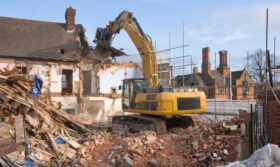



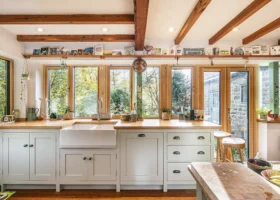















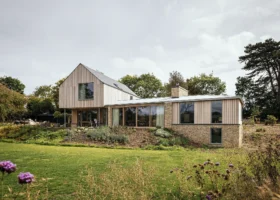

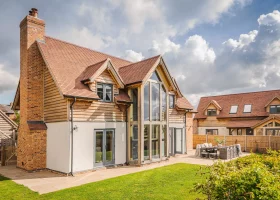






























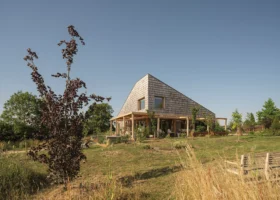





























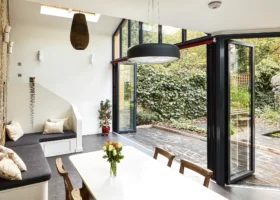














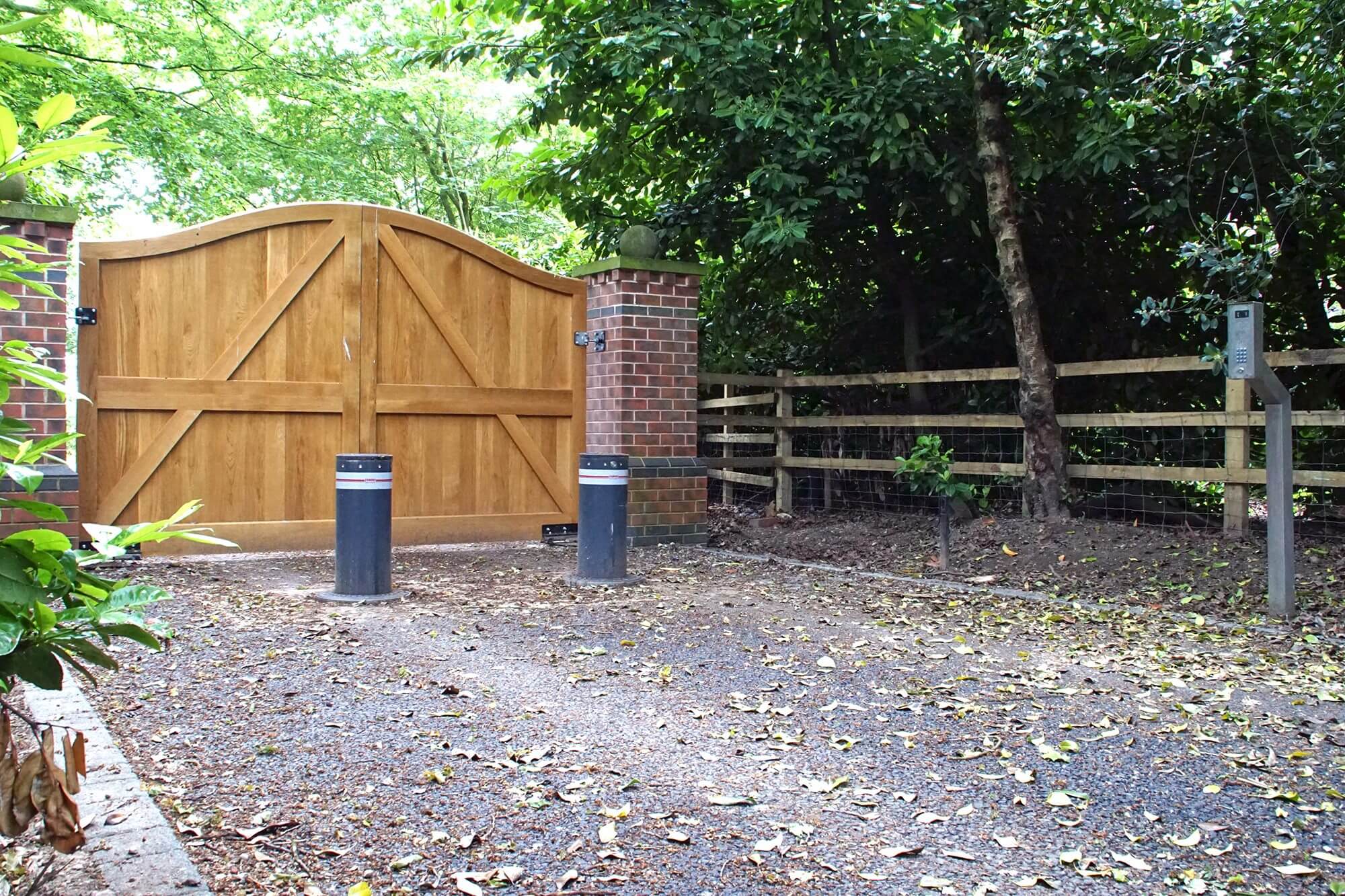
 Login/register to save Article for later
Login/register to save Article for later




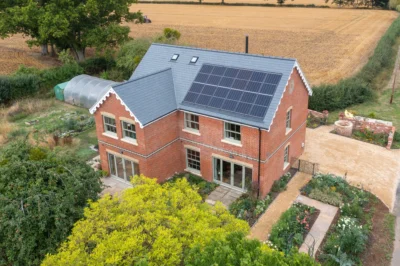
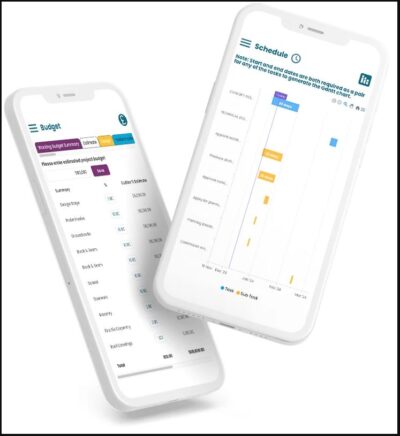
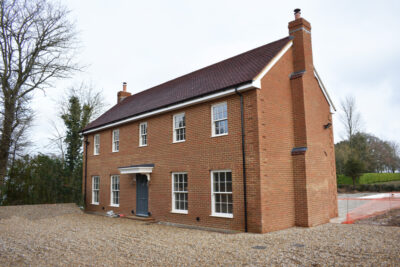
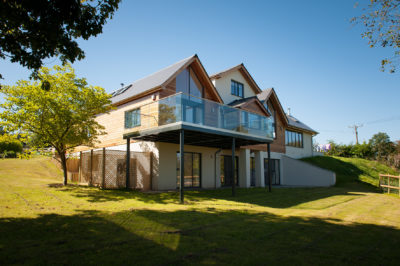





Comments are closed.